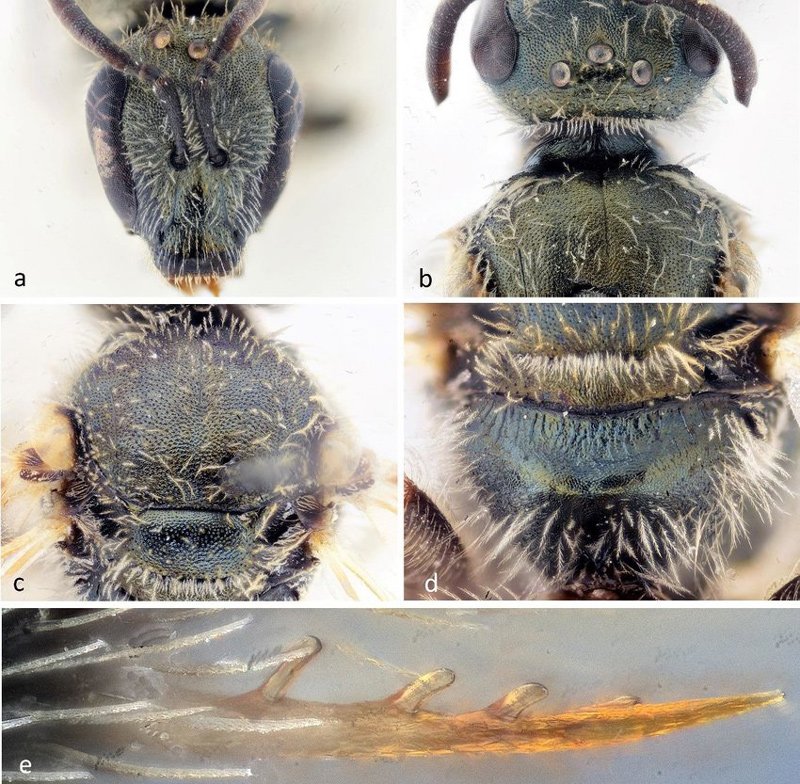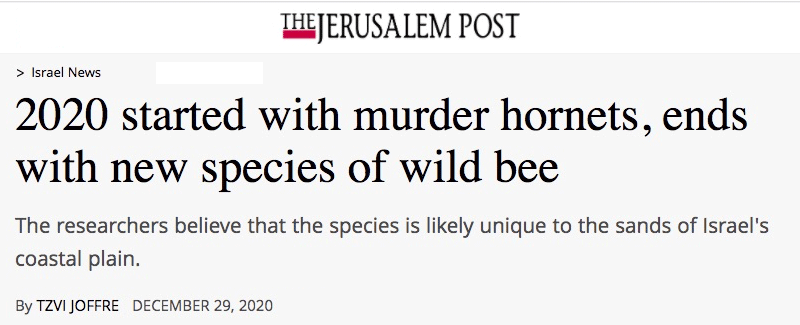
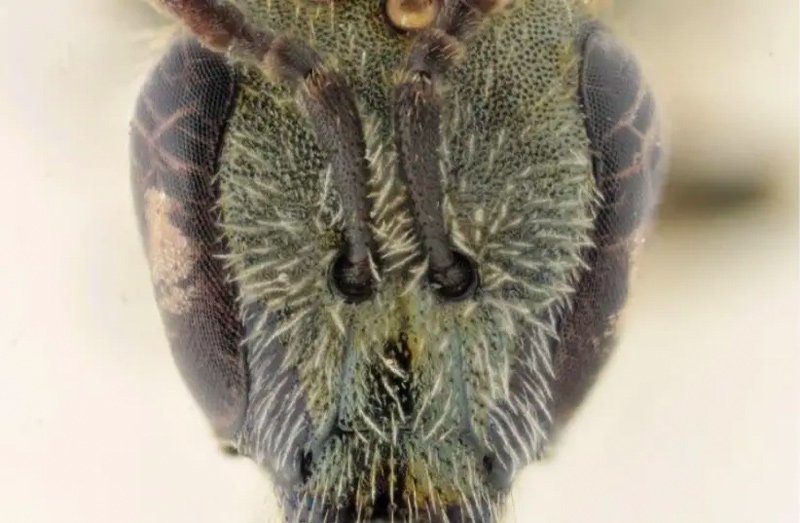
A year that featured murder hornets is ending off with more positive insect news, as a new species of wild bee was discovered right as its natural habitat was being rehabilitated north of Netanya.
Scientists at the Hebrew University of Jerusalem announced on Tuesday that they had discovered a new species of wild bee while researching the effects of restoration efforts of a rare habitat in the Sharon region on bee populations. The findings were published in November in the scientific journal Belgian Journal of Entomology.
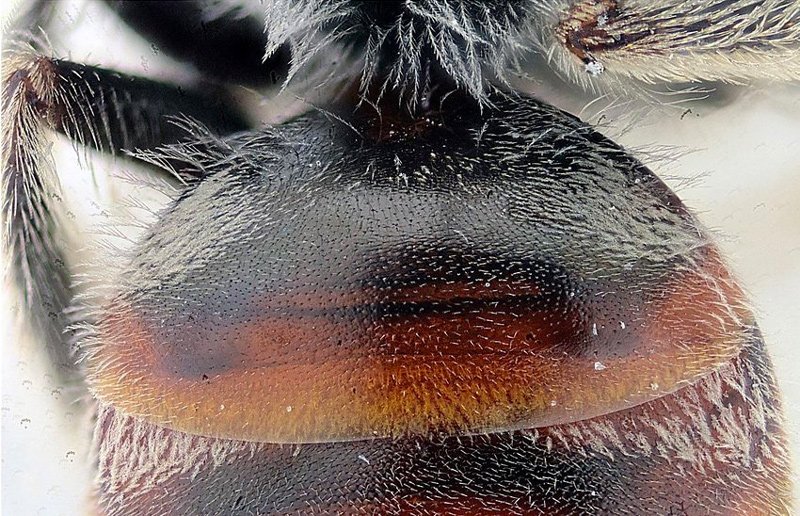
The researchers say they believe that the species is likely unique to the sands of Israel’s coastal plain. The new species, named Lasioglossum dorchini, was identified and defined by Dr. Alain Pauly of the Royal Belgian Institute of Natural Sciences in Brussels. The species is named after Israeli bee researcher Dr. Ahik Dorchin.
Development along the sandy coastal plain in Israel, including the planting of eucalyptus trees, significantly changed the local habitat, making it difficult for wild bees to act as a major pollinator of wild plants.
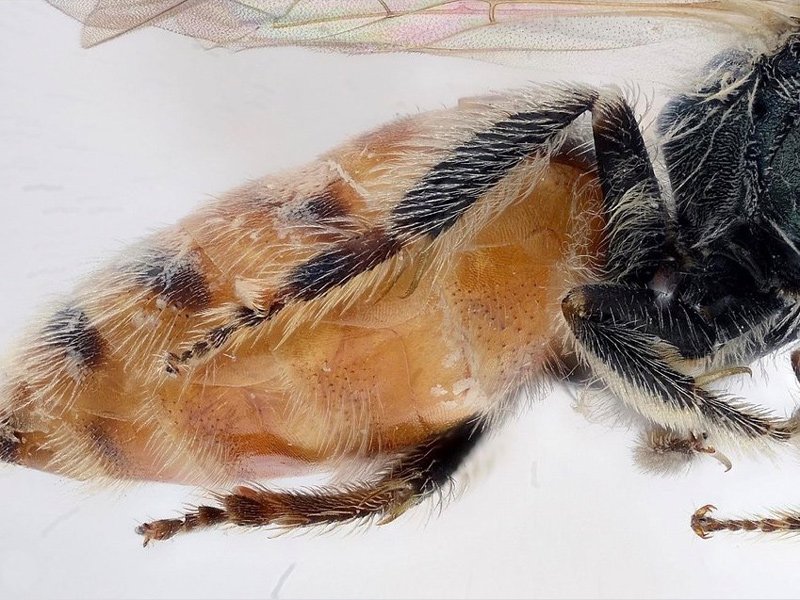
Several years ago, efforts began to restore the habitat at the Nahal Alexander National Park, including the felling of a number of eucalyptus trees.
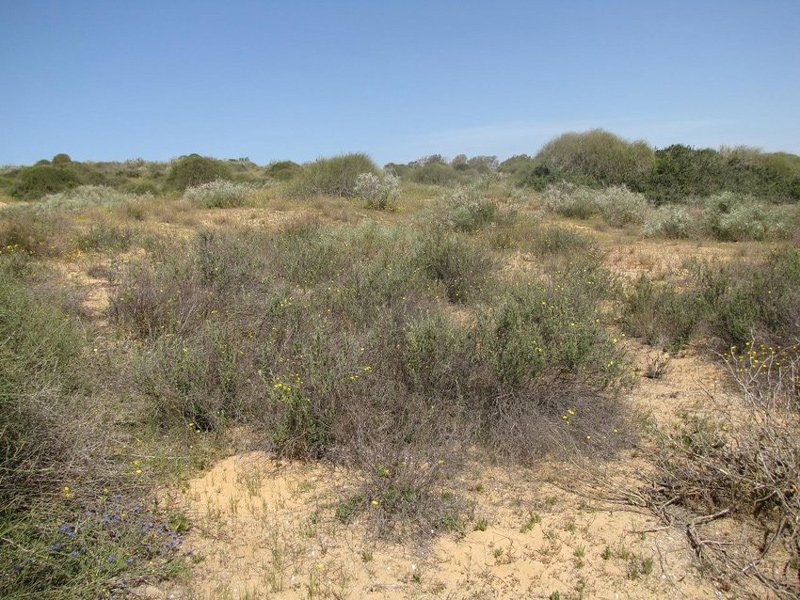
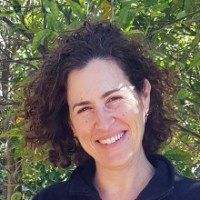
The Hebrew University researchers, led by Prof. Yael Mandelik from the Department of Entomology at the Faculty of Agriculture, Food and Environment, and doctoral student Karmit Levy, examined the effects of the rehabilitation efforts on pollinator habitat quality and the variety of wild bees in the area over a period of five years, by capturing insects and documenting plant species, their flowering amount and possible nesting substrates for bees.
“Beyond the basic importance and the accompanying excitement of identifying new species that we have not yet known, this discovery is also important in the context of application, strengthening our ability to research bee societies and produce meaningful information for pollination and nature conservation services,” said Mandelik.
